

On the mezzanine floor inside the Pinacoteca, room XIX, some portraits of nobles painted by the great nineteenth-century painters of Catania (Michele and Giuseppe Rapisardi, Sciuti, Reina, Gandolfo, Attanasio) are exhibited; we can also observe the Chinese vases, ceramics and apothecary vases from Caltagirone and the Zappalà-Asmundo Collection.
In the nineteenth room of the Museum, two baroque violins, in maple and ebony wood, from the Zappalà-Asmundo Collection, attributed to Girolamo II Amati and Matteo Goffriller, are also on display.
The Amati was one of the longest-lived and most successful dynasties of violin makers. The activity of the Amati violin makers covers a period of approximately two hundred years, establishing itself as one of the best mastery of classical Cremonese violin making. The Amati style is linked to meticulousness, refinement, elegance, character and harmony, which concern both the aesthetics and the acoustic properties (the well-rounded harmonic holes made with particular care) of the incomparable instruments. Characteristics present, since the beginning of the sixteenth century, in the production of the progenitor Andrea Amati, gifted with extraordinary manual skill. The violin present in our Museum is a typical example of the productions left by the Amati workshop. The violin miraculously reached us, together with an unusual, generous and pristine quantity of original varnish, not too sanded or polished. No clue has been found to understand where the eldest member of the family was able to learn his art, since the creation of refined and original instruments presupposes a profound knowledge of bowed instruments. Girolamo II was a capable luthier, endowed with notable technical skills, his hand was present in the Amati workshop as early as the 1670s. Over time, Cremona witnessed the progressive affirmation of the luthier workshops of the Guarneri, Ruggeri and Stradivari families. With the death of Girolamo II, who leaves no heirs, the history of the Amati that began with his great-grandfather two hundred years earlier comes to an end. Behind the beauty of these instruments there was in-depth attention to detail, ingenious craftsmanship capable of creating something more than a "musical instrument".
(From “Il DNA degli Amati. Una dinastia di liutai a Cremona” AA.VV., Cremona 2006).

1872

XIX-XX cent.

XIX-XX cent.

1882
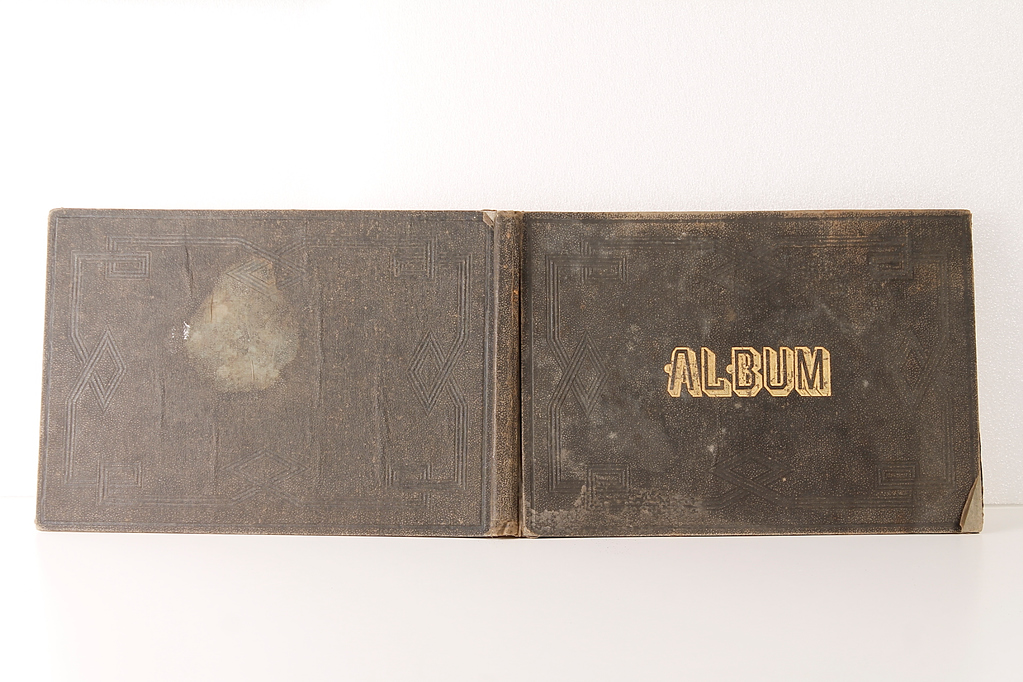
XIX cent.
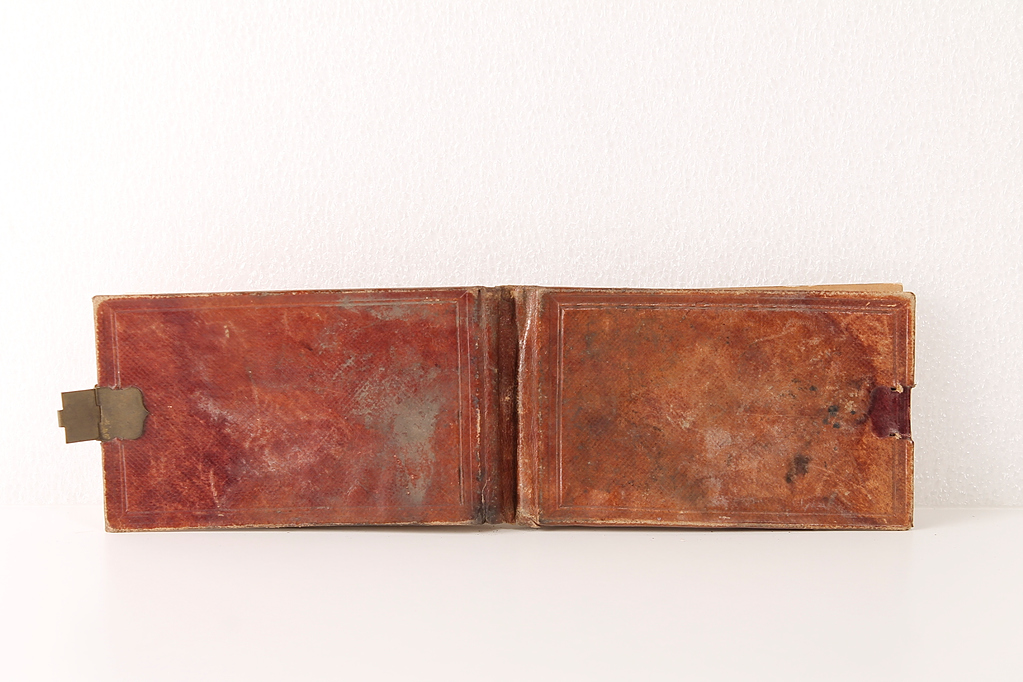
XIX cent.
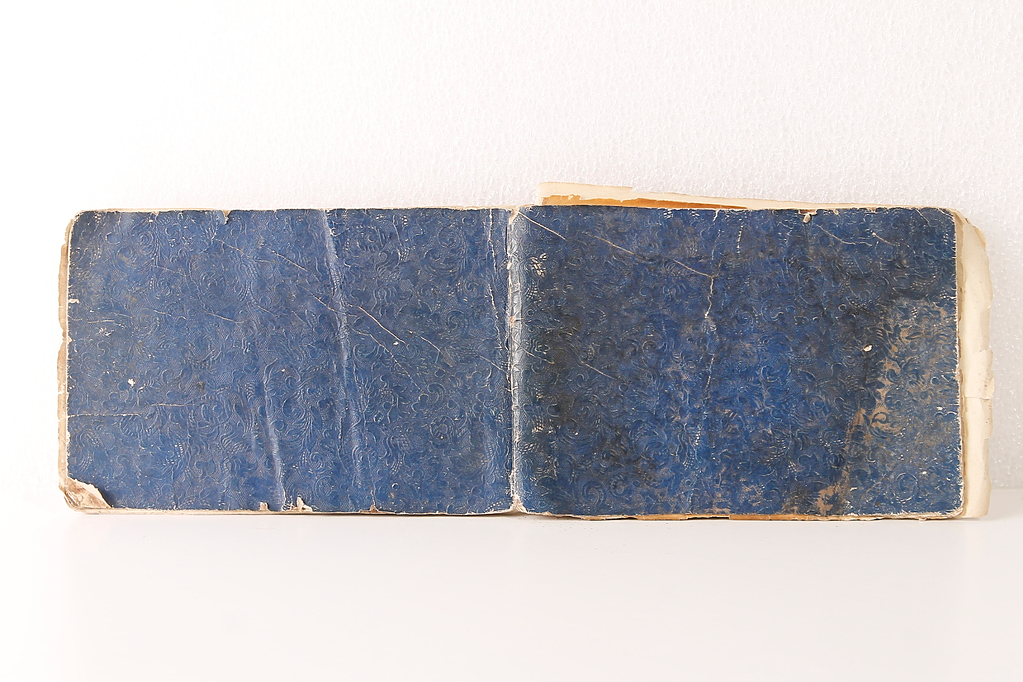
XIX cent.
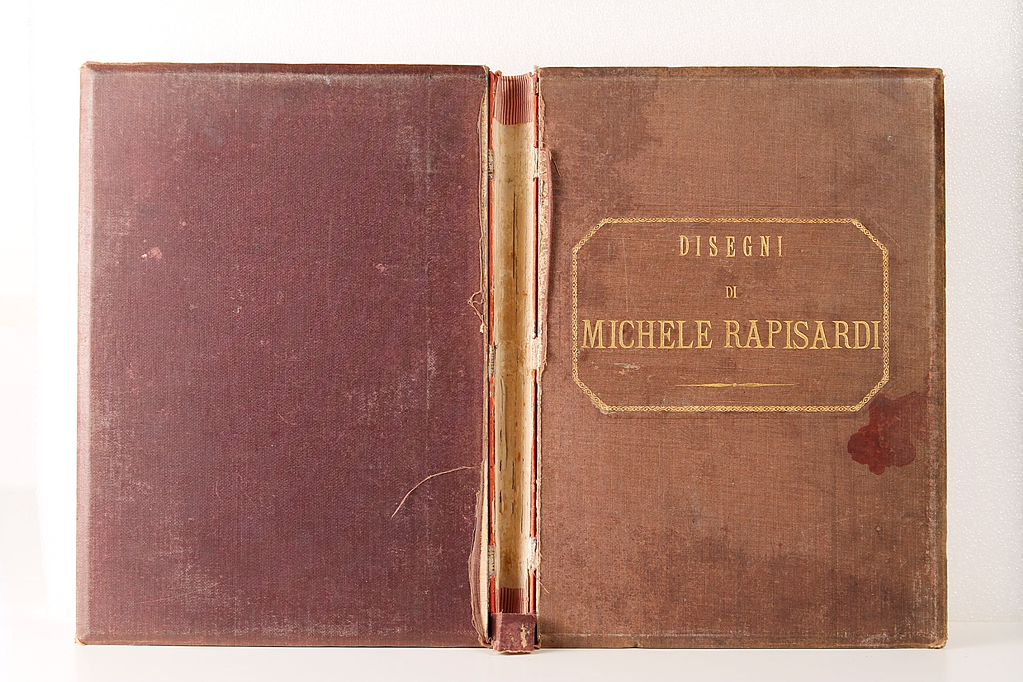
XIX cent.
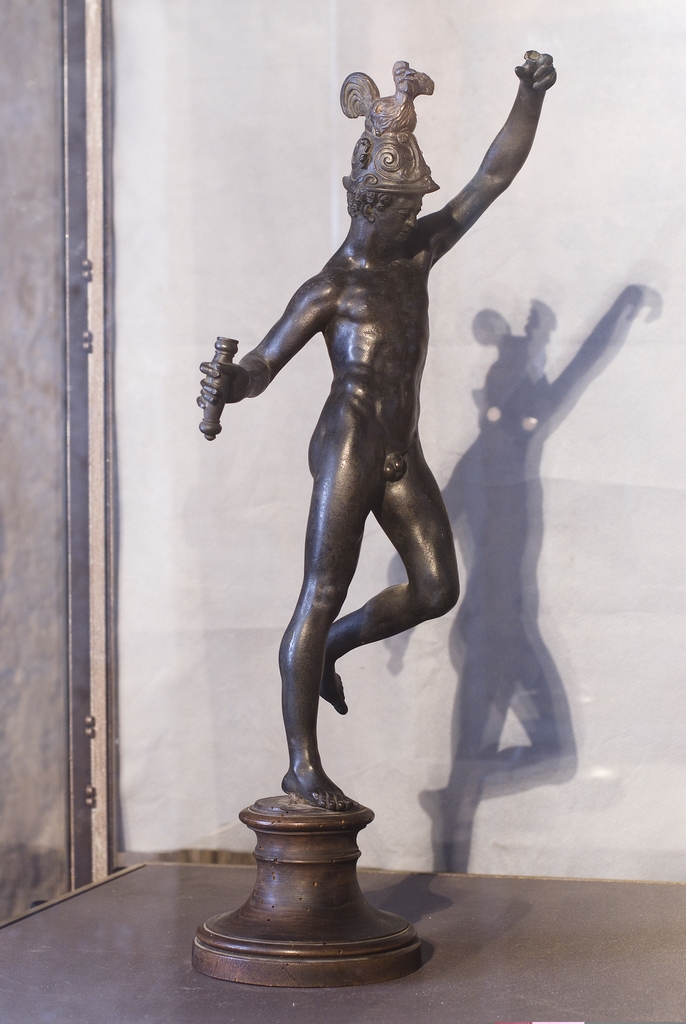
End of the XVI cent.
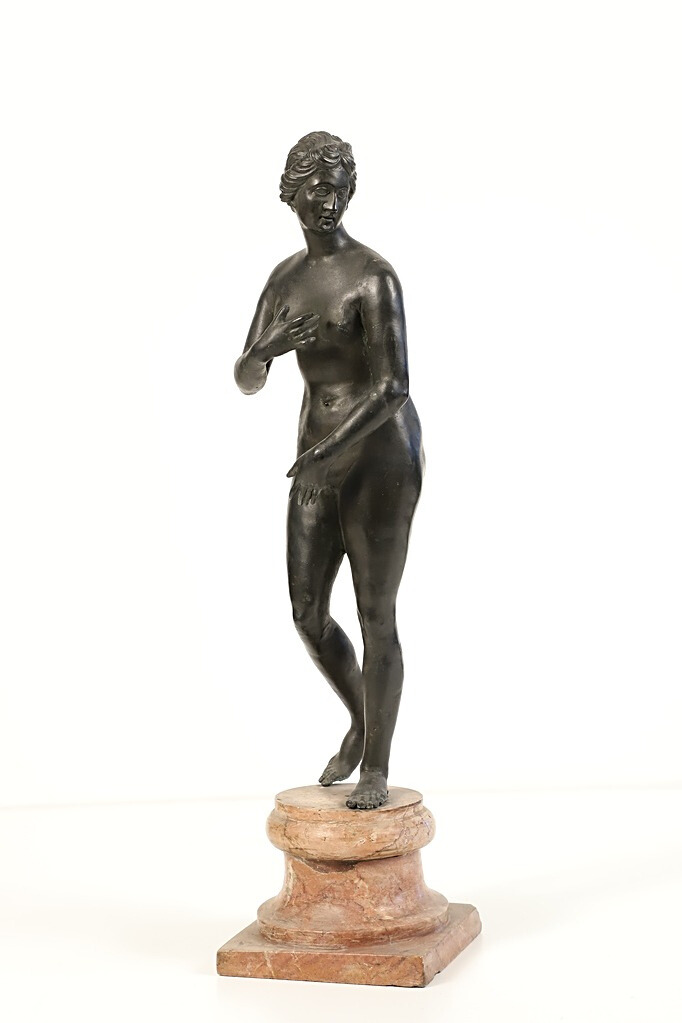
First part of XVII cent.
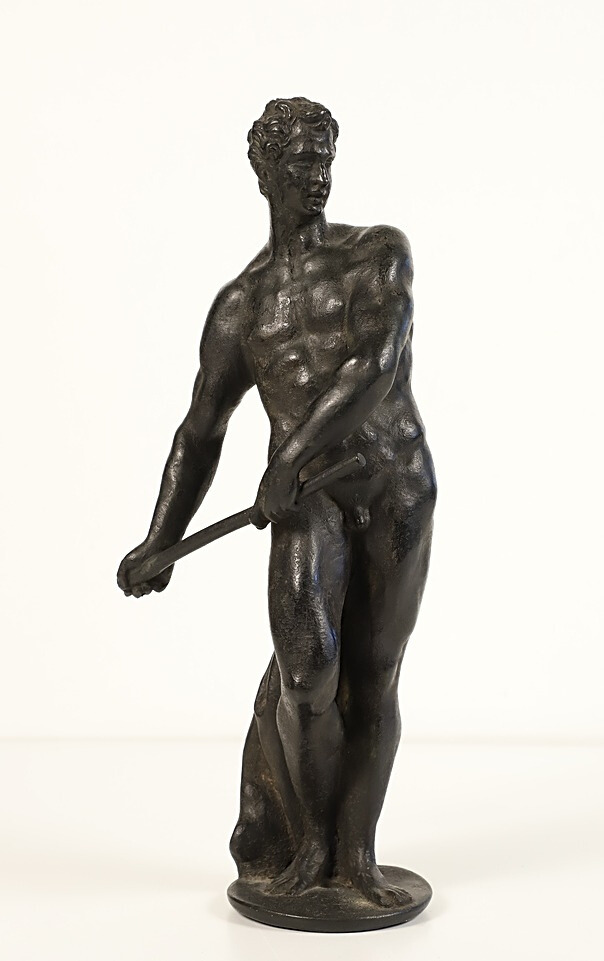
End of XVI – Beginning of XVII cent.
Inventory number:
Subject/object:
Author:
Date:
Description:
Material and technique: